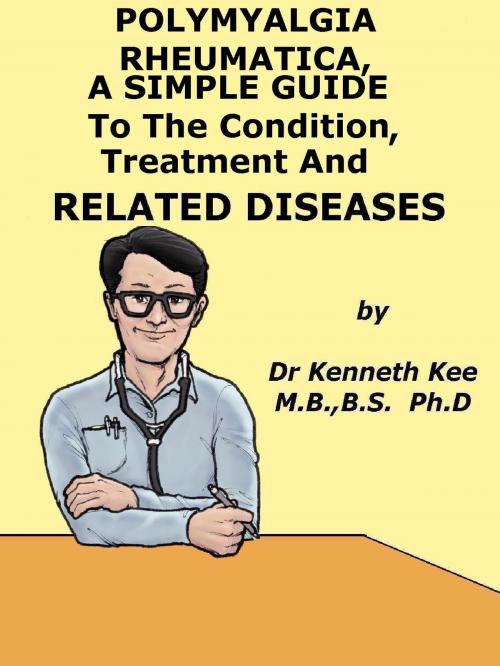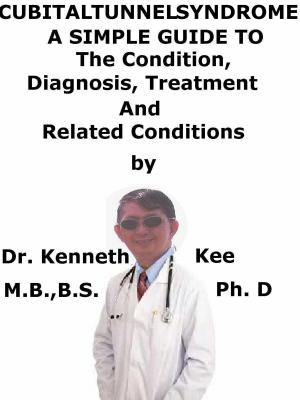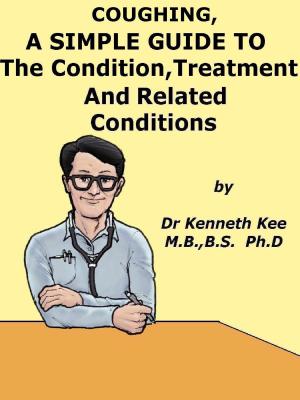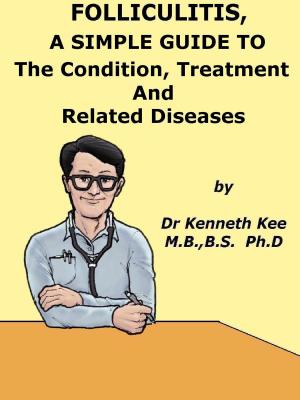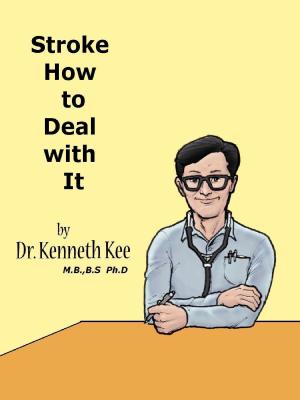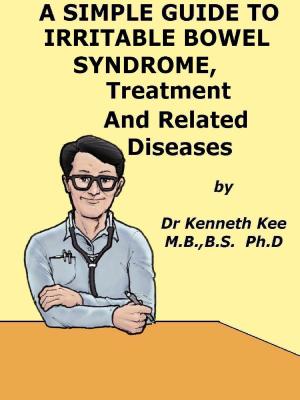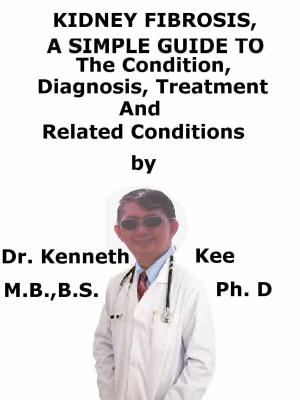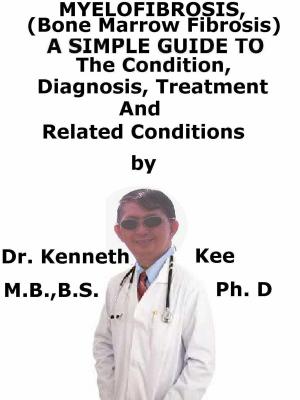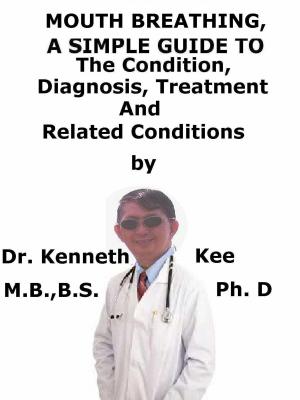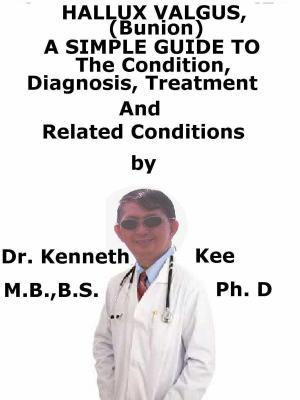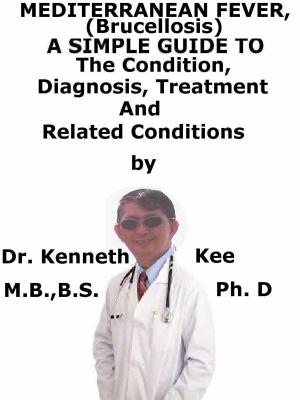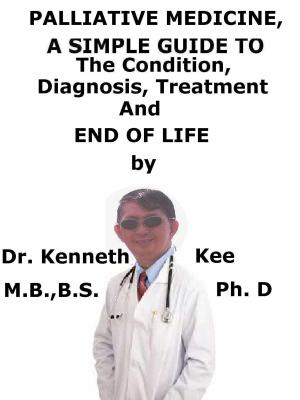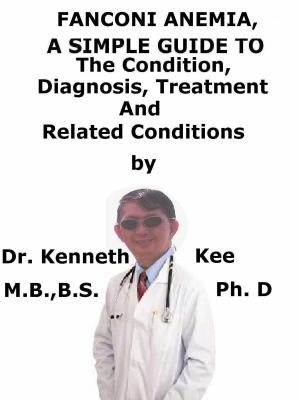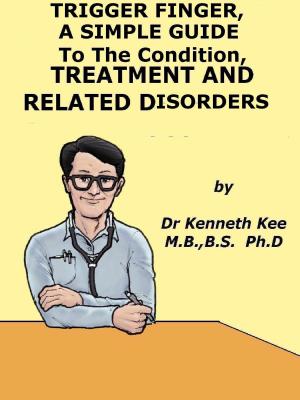Polymyalgia Rheumatica, A Simple Guide To The Condition, Treatment And Related Diseases
Nonfiction, Health & Well Being, Medical, Specialties, Rheumatology, Health, Ailments & Diseases, Musculoskeletal| Author: | Kenneth Kee | ISBN: | 9781311344564 |
| Publisher: | Kenneth Kee | Publication: | February 3, 2015 |
| Imprint: | Smashwords Edition | Language: | English |
| Author: | Kenneth Kee |
| ISBN: | 9781311344564 |
| Publisher: | Kenneth Kee |
| Publication: | February 3, 2015 |
| Imprint: | Smashwords Edition |
| Language: | English |
Polymyalgia rheumatica (PMR) is an inflammatory disorder
It causes severe bilateral pain and stiffness in the neck, shoulder.
The cause of polymyalgia rheumatica is not known.
But it is associated with immune system problems
Symptoms often include fever, a general feeling of malaise
There is weight loss and prolonged muscle and joint aches
Pain in the shoulder and pelvic girdle develops suddenly or over weeks.
The average mean onset especially in Northern Europeans is 72 years of age
PMR is diagnosed with a raised ESR and CRP and evidence of synovitis
Most cases of polymyalgia rheumatica is associated with Giant cell arteritis
Glucocorticosteroids are the only known effective treatment
Long term use of steroid requires proper medical management
-An original poem by Kenneth Kee
Interesting Tips about the Polymyalgia rheumatica
A Healthy Lifestyle
-
Take a well Balanced Diet
-
Glucocorticosteroids are the only known effective treatment for Polymyalgia rheumatica.
Non-steroidal anti-inflammatory agents are of little value for the management of this disease.
Lack of complete response to recommended doses of prednisone, as well as atypical clinical features (younger age, muscle weakness, peripheral joint disease and predominance of pain with little or no stiffness), should lead to consideration of alternative diagnoses.
There is little evidence for the efficacy of steroid-sparing agents - e.g., methotrexate or anti-tumor necrosis factor agents.
Methotrexate is the most commonly used corticosteroid sparing agent
Manage any residual physical or psychosocial disability caused by the disease.
Patients with PMR are frequently elderly and may have mobility problems and difficulty with many aspects of daily living.
Many patients will benefit from referral to a physiotherapist and occupational therapist for assessment.
Monitor response to steroid treatment by:
a. Improvements in symptoms: morning stiffness, proximal hip and girdle pain, disability related to PMR
b. Adverse events including osteoporotic stress fractures
- Keep bones and body strong
Bone marrow produces our blood
Eat foods rich in calcium like yogurt, cheese, milk, and dark green vegetables.
Eat foods rich in Vitamin D, like eggs, fatty fish, cereal, and fortified milk.
Eat food rich in Vitamins B and C such as green vegetables and fruits
Zinc and other minerals are important to the body
- Get enough rest and Sleep
Avoid stress and tension
- Exercise and stay active.
It is best to do weight-bearing exercise such as walking, jogging, stair climbing, dancing, or lifting weights for 2½ hours a week.
One way to do this is to be active 30 minutes a day at least 5 days a week.
Begin slowly especially if a person has not been active.
- Do not drink more than 2 alcohol drinks a day for a man or 1 alcohol drink a day for a woman.
Alcohol use also increases the chance of falling and breaking a bone.
Alcohol can affect the neurons and brain cells.
- Stop or do not begin smoking.
It also interferes with blood supply and healing.
Chapter 1
Polymyalgia rheumatica (PMR)
Polymyalgia rheumatica (PMR) is an inflammatory condition of unknown cause which is characterized by severe bilateral pain and morning stiffness of the shoulder, neck and pelvic girdle
There is some controversy as to whether or not PMR represents a form of giant cell arteritis (GCA).
However, the balance of evidence would appear to suggest that they are two distinct and relatively common diseases which often co-exist and which share many common features.
TABLE OF CONTENT
Introduction
Chapter 1 Polymyalgia Rheumatica
Chapter 2 More Facts about Polymyalgia Rheumatica
Chapter 3 Treatment of Polymyalgia Rheumatica
Chapter 4 Giant Cell Arteritis
Chapter 5 Vasculitis
Chapter 6 Rheumatoid Arthritis
Chapter 7 Osteoarthritis
Chapter 8 Fibromyalgia
Chapter 9 Carpal Tunnel Syndrome
Polymyalgia rheumatica (PMR) is an inflammatory disorder
It causes severe bilateral pain and stiffness in the neck, shoulder.
The cause of polymyalgia rheumatica is not known.
But it is associated with immune system problems
Symptoms often include fever, a general feeling of malaise
There is weight loss and prolonged muscle and joint aches
Pain in the shoulder and pelvic girdle develops suddenly or over weeks.
The average mean onset especially in Northern Europeans is 72 years of age
PMR is diagnosed with a raised ESR and CRP and evidence of synovitis
Most cases of polymyalgia rheumatica is associated with Giant cell arteritis
Glucocorticosteroids are the only known effective treatment
Long term use of steroid requires proper medical management
-An original poem by Kenneth Kee
Interesting Tips about the Polymyalgia rheumatica
A Healthy Lifestyle
-
Take a well Balanced Diet
-
Glucocorticosteroids are the only known effective treatment for Polymyalgia rheumatica.
Non-steroidal anti-inflammatory agents are of little value for the management of this disease.
Lack of complete response to recommended doses of prednisone, as well as atypical clinical features (younger age, muscle weakness, peripheral joint disease and predominance of pain with little or no stiffness), should lead to consideration of alternative diagnoses.
There is little evidence for the efficacy of steroid-sparing agents - e.g., methotrexate or anti-tumor necrosis factor agents.
Methotrexate is the most commonly used corticosteroid sparing agent
Manage any residual physical or psychosocial disability caused by the disease.
Patients with PMR are frequently elderly and may have mobility problems and difficulty with many aspects of daily living.
Many patients will benefit from referral to a physiotherapist and occupational therapist for assessment.
Monitor response to steroid treatment by:
a. Improvements in symptoms: morning stiffness, proximal hip and girdle pain, disability related to PMR
b. Adverse events including osteoporotic stress fractures
- Keep bones and body strong
Bone marrow produces our blood
Eat foods rich in calcium like yogurt, cheese, milk, and dark green vegetables.
Eat foods rich in Vitamin D, like eggs, fatty fish, cereal, and fortified milk.
Eat food rich in Vitamins B and C such as green vegetables and fruits
Zinc and other minerals are important to the body
- Get enough rest and Sleep
Avoid stress and tension
- Exercise and stay active.
It is best to do weight-bearing exercise such as walking, jogging, stair climbing, dancing, or lifting weights for 2½ hours a week.
One way to do this is to be active 30 minutes a day at least 5 days a week.
Begin slowly especially if a person has not been active.
- Do not drink more than 2 alcohol drinks a day for a man or 1 alcohol drink a day for a woman.
Alcohol use also increases the chance of falling and breaking a bone.
Alcohol can affect the neurons and brain cells.
- Stop or do not begin smoking.
It also interferes with blood supply and healing.
Chapter 1
Polymyalgia rheumatica (PMR)
Polymyalgia rheumatica (PMR) is an inflammatory condition of unknown cause which is characterized by severe bilateral pain and morning stiffness of the shoulder, neck and pelvic girdle
There is some controversy as to whether or not PMR represents a form of giant cell arteritis (GCA).
However, the balance of evidence would appear to suggest that they are two distinct and relatively common diseases which often co-exist and which share many common features.
TABLE OF CONTENT
Introduction
Chapter 1 Polymyalgia Rheumatica
Chapter 2 More Facts about Polymyalgia Rheumatica
Chapter 3 Treatment of Polymyalgia Rheumatica
Chapter 4 Giant Cell Arteritis
Chapter 5 Vasculitis
Chapter 6 Rheumatoid Arthritis
Chapter 7 Osteoarthritis
Chapter 8 Fibromyalgia
Chapter 9 Carpal Tunnel Syndrome
